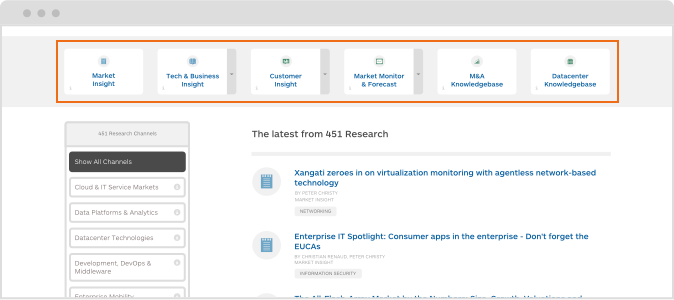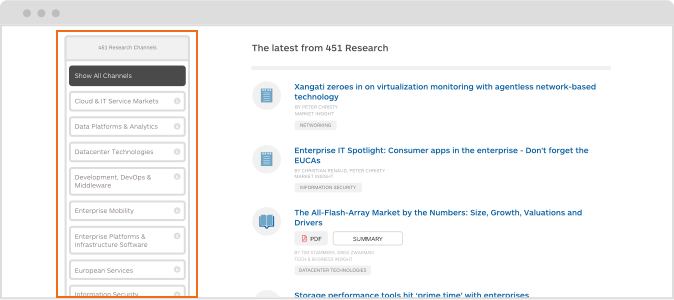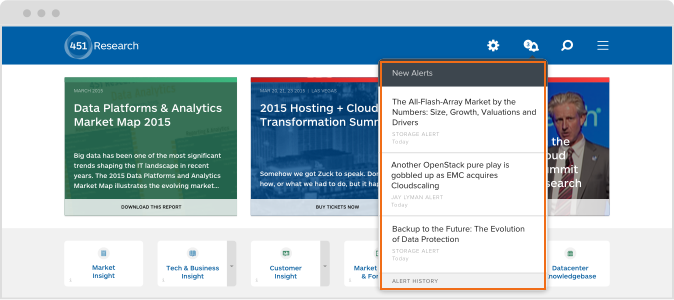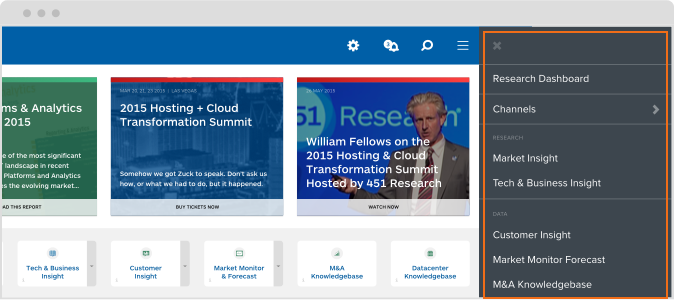Syntiant sees a path to IPO while bringing AI to the ultra-low-power far edge
While Syntiant has over 100 million products in the field using its AI technology, the recent acquisition of the Knowles Consumer MEMS microphone business provides a steady source of revenue to pursue the growing universe of far-edge AI opportunities and could pave the way to an IPO.






